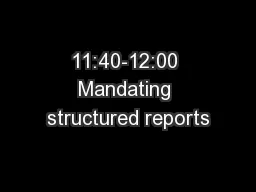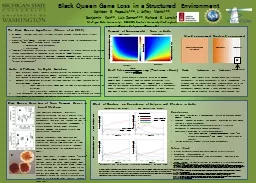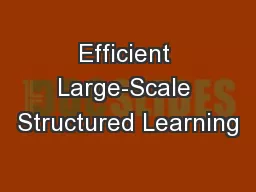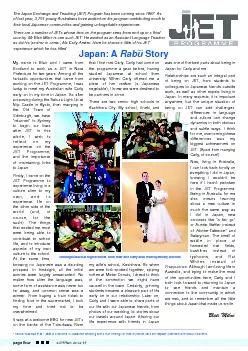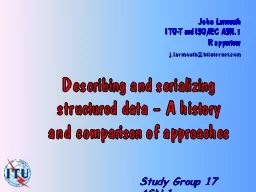PPT-11:40-12:00 Mandating structured reports
Author : myesha-ticknor | Published Date : 2016-11-16
Eric Loveday Clinical History CTC shows annular tumour of the mid rectum extending craniocaudally for approx 47cm for staging MRI please Requested By Annie
Presentation Embed Code
Download Presentation
Download Presentation The PPT/PDF document "11:40-12:00 Mandating structured reports" is the property of its rightful owner. Permission is granted to download and print the materials on this website for personal, non-commercial use only, and to display it on your personal computer provided you do not modify the materials and that you retain all copyright notices contained in the materials. By downloading content from our website, you accept the terms of this agreement.
11:40-12:00 Mandating structured reports: Transcript
Download Rules Of Document
"11:40-12:00 Mandating structured reports"The content belongs to its owner. You may download and print it for personal use, without modification, and keep all copyright notices. By downloading, you agree to these terms.
Related Documents

